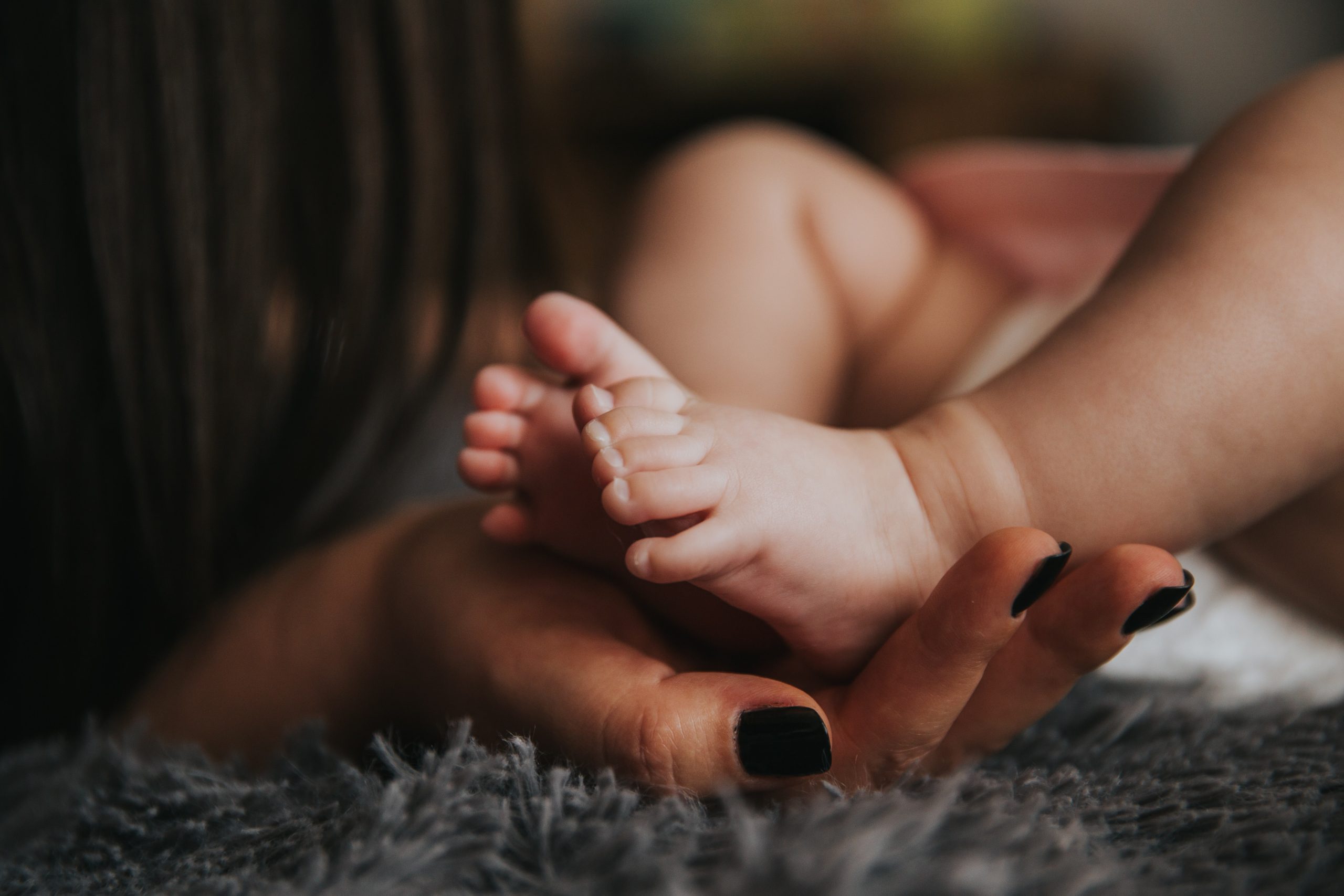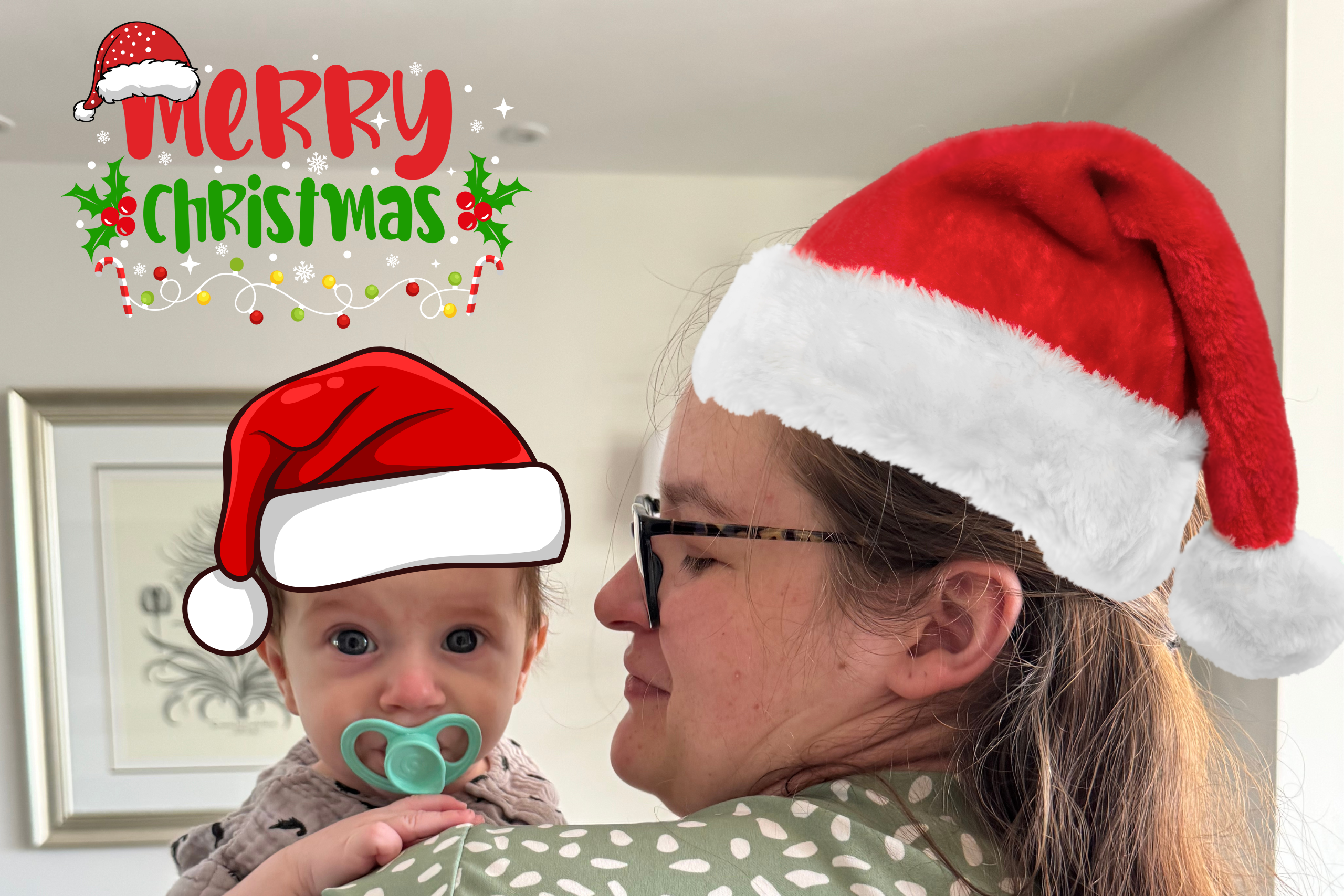Baby Massage
Baby Massage is a unique way to bond with your baby, while also benefiting your baby’s physical and mental well-being. Parents should physically connect with their baby through touch as soon after baby is born as possible.
Skin-to-skin contact, otherwise known as kangaroo care, is vital to establishing the parent-baby bond and building confidence in handling your baby. It is recommended that you introduce baby massage roughly one month after birth.
What are the benefits?
- Regular touch by a parent or carer is crucial for a baby’s growth, development and communication. Parental confidence is also enhanced through close contact by learning to read and respond to their baby.
- Baby massage can help promote the functioning of the circulatory and digestive systems, helping relieve discomfort from ailments such as colic, constipation, trapped wind, and stomach cramps.
- Massage helps to relieve and relax muscle tensions and growing pains.
- Massage is deeply soothing for babies and can help reduce crying and irritation.
- Massages before bedtime can aid in a deeper sleep
- Massage helps enhance your baby’s body and sensory awareness.
Baby massage is commonly used in neonatal wards to help the development of premature babies in the ICU and is recommended by many health professionals for parents to do at home.
Baby massage preparation:
- Use a specific baby massage oil. We recommend using a perfume-free baby oil. Always do a patch test on your baby’s skin first.
- Take off any jewellery that may interfere with the massage.
- Gradually introduce massage to your baby until they recognise it as a soothing experience. If your baby gets upset or falls asleep, stop the massage. However, don’t let this discourage you! As with anything, new experiences can take a little while to get used to.
- Choose a time when you are relaxed and the baby is quiet, alert, and wakeful between feeds—wait at least 45 minutes after a feed.
- Initially just hold the baby fully clothed, talk gently, sing, and establish eye contact.
- Perhaps start with gently stroking the baby’s head, or back, gently stroking their fingers and toes. Notice what they like, and talk to them about what you are doing.
- When you’re ready, place the baby on a soft towel or blanket in a comfortable position in a warm room with no overhead lighting and make sure the baby is warm. The atmosphere is key, try playing soothing background music to help enhance the experience.
- Loosen or remove the nappy for a tummy massage.
How to start baby massage:
We recommend starting with a leg massage:
- Always make sure to communicate with your baby during the massage.
- Hold your baby’s ankle in one hand, while with the other hand, hold the top of your baby’s thigh and slide downwards toward the ankle. Always support the ankle or wrist with one hand when massaging your child’s arms or legs.
- Next, support your baby’s foot and use your thumbs to stroke over the sole from the heel to the toes, one thumb after the other. Then, gently rub each toe between the thumb and finger
- Then, gently rub your thumbs across the middle third of the foot, from one side to the other.
- Repeat the stroking action in the opposite direction (from ankle to thigh).
- Do circles on the palms of their hands and do gentle finger rubs.
If you are unsure or nervous about getting started, going to a baby massage group is the perfect way to learn how to massage your baby safely. Baby massage courses are available in most towns and cities, and your health visitor or midwife may be able to recommend one locally. You can also find a course here.
24 April 2024
